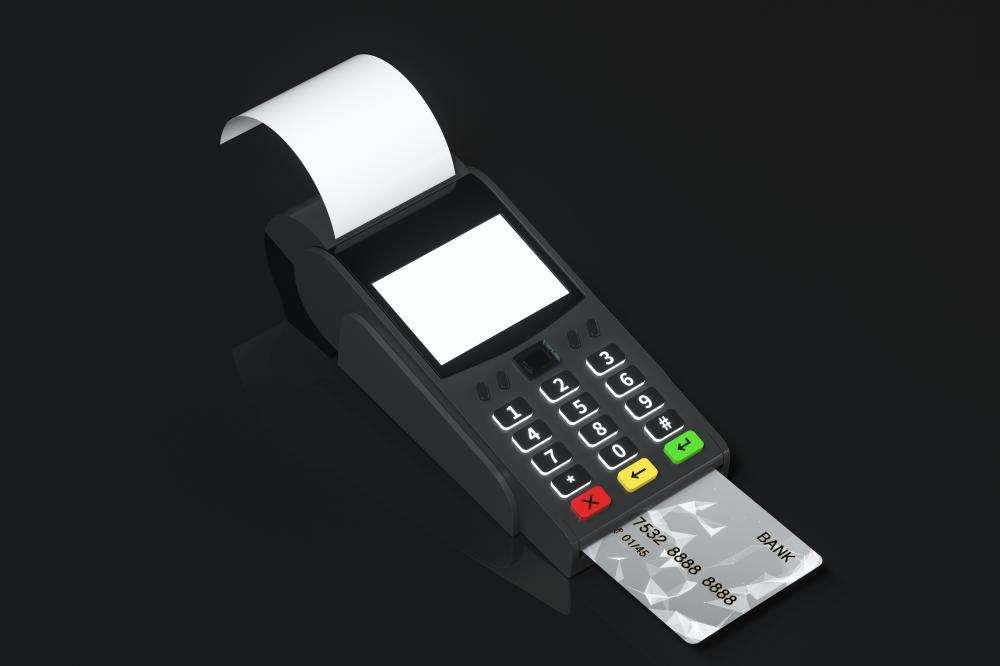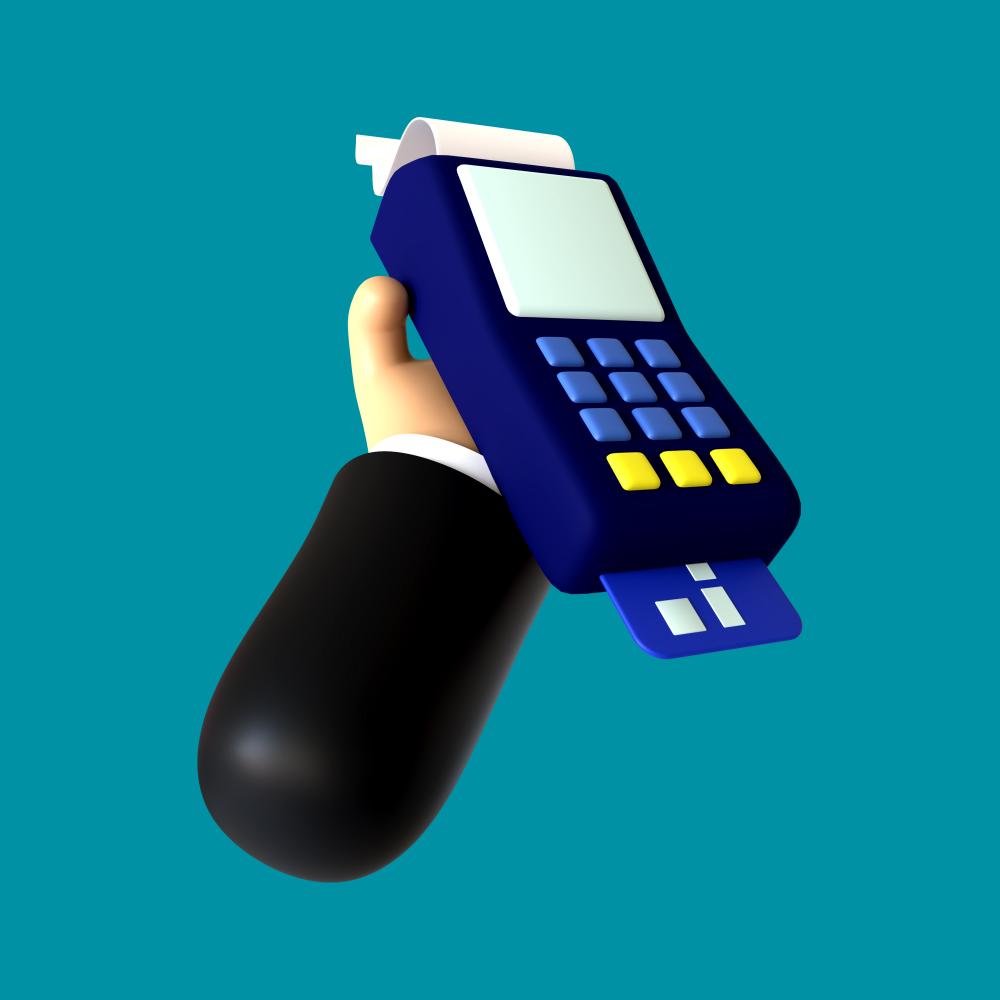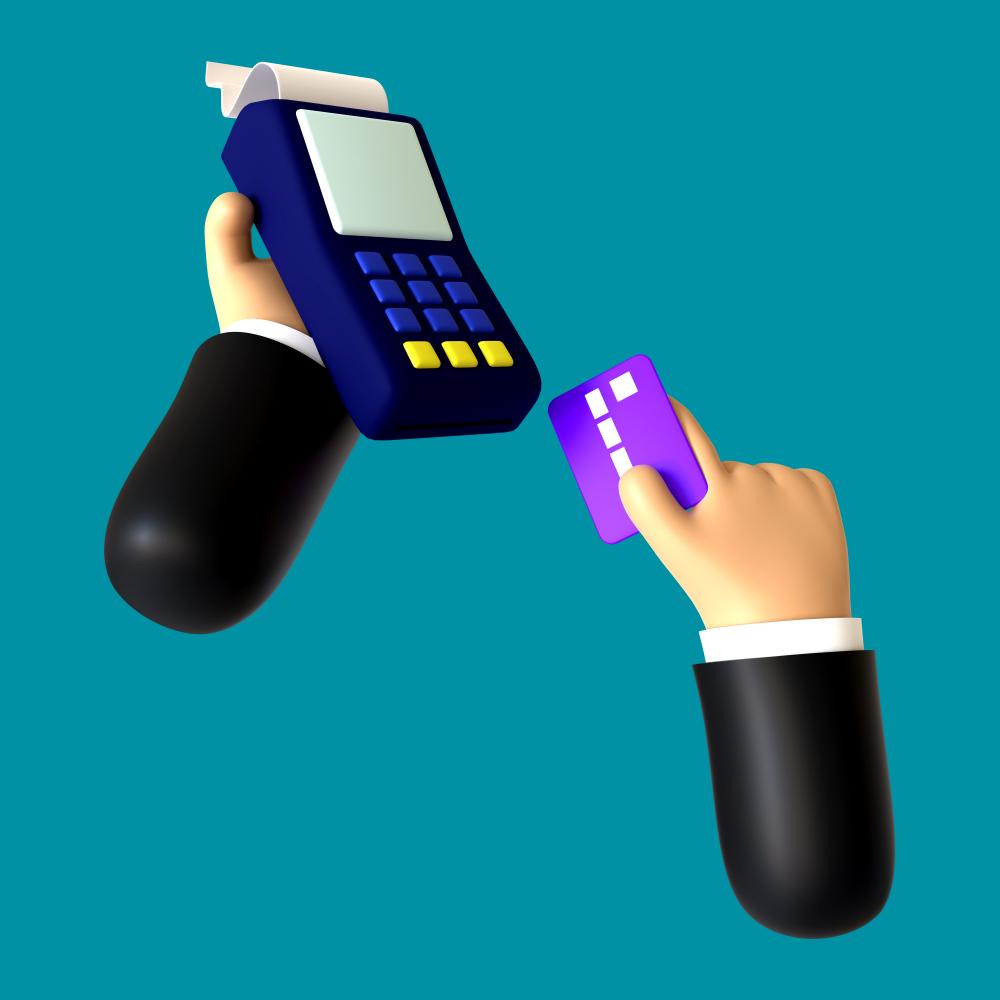EDI 834 transaction
Table of Contents
Understanding the EDI 834 Transaction Real-World Applications of the EDI 834 Transaction Compliance and Processing in the 834 Transaction Industry Impact and Evolution of EDI 834 Personal Reflections on EDI 834 Bringing Technology Forward Through EDI 834 Conclusion: The EDI 834 Transaction's Pivotal Role What is EDI 834 transaction? What does 834 mean in healthcare? What is 834 in healthcare? What is the difference between 834 and 837? Why is the EDI 834 transaction so important in healthcare administration? Resources 
Understanding the EDI 834 Transaction
When it comes to managing healthcare benefits, the edi 834 transaction is the lynchpin for electronic enrollment and maintenance processes. At HIPAAsuite, we know the ins and outs of this critical data exchange format, which streamlines the enrollment of participants into their health plans. It's the foundation of our Enrollment Master 834 software and a key component of efficient healthcare administration.
The edi 834 transaction is an EDI (Electronic Data Interchange) document type as laid out by HIPAA standards, which facilitates consistent and accurate data transfer between organizations and insurers. It helps employers and other sponsors convey membership information to payers with a high degree of precision. The standardization of these electronic formats ensures compatibility across the industry, minimizing errors and delays.
Real-World Applications of the EDI 834 Transaction
From my professional experience at HIPAAsuite, the versatility of the edi 834 transaction is palpable. It not only simplifies the initial enrollment process but also manages subsequent changes such as updates to a member's status, reinstatements, or the termination of coverage. Each of these functions is critical in keeping member records up-to-date and ensuring seamless coverage transitions.
Employers, for instance, rely heavily on this EDI transaction to update their employees' benefits due to life events such as weddings, births, or job changes. These can be intricate processes that could easily lead to costly mistakes if not for the rigidity and dependability of the edi 834 transaction.
Compliance and Processing in the 834 Transaction
As a cornerstone of HIPAAsuite's offerings, the compliance aspect of the edi 834 transaction cannot be overstressed. Meeting the HIPAA 5010 requirements is a must for any player in the healthcare sphere. Our software is designed to toe this line meticulously, ensuring users avoid the pitfalls of non-compliance.
In response to an 834, the issuance of a 999 Implementation Acknowledgement is non-negotiable. This step verifies the recipient's receipt and validation of the enrollment information. I've seen firsthand how critical this aspect is in closing the communication loop, ensuring all parties are on the same page.
To emphasize, every detail within the edi 834 transaction format, from subscriber names to plan identifiers, holds significant weight. The structure of this data dictates the efficacy of benefits administration and directly impacts the wellbeing of members under the plan.
Industry Impact and Evolution of EDI 834
Throughout my tenure at HIPAAsuite, the evolution of the edi 834 transaction has been both continuous and impactful. As the healthcare industry grows increasingly complex, so too does the role of the 834 transaction in ensuring a cohesive exchange of enrollment data.

In one instance, when working with a client struggling to keep up with member updates, I witnessed the transformational power of implementing our Enrollment Master 834 solution. Suddenly, what was a bottleneck became a streamlined process, ultimately improving the member experience and operational efficiency.
Personal Reflections on EDI 834
From a personal standpoint, I take pride in knowing that our work with the edi 834 transaction touches lives beyond the digital realm. It's not just about facilitating transactions; it's about the peace of mind that comes with knowing healthcare coverage is handled accurately and promptly.
Many of our clients have shared stories of how automating the 834 process has allowed them to focus on more strategic initiatives. It's anecdotes like these that fuel our commitment to innovation and customer-centric solutions at HIPAAsuite.
The edi 834 transaction might be a set of codes and numbers, but behind each transaction is an individual or family relying on the benefits it conveys. This human element is a constant reminder of the importance of the work we do.
Bringing Technology Forward Through EDI 834
As an organization, HIPAAsuite is not just about meeting the status quo. We push boundaries, and our approach to managing the edi 834 transaction is a testament to this ethos. Innovation is at our core, and this drives us to continually enhance our software to exceed industry demands.
Looking towards the future, I envision our EDI solutions as catalysts for even greater digital transformation within the healthcare sector. The ongoing refinement of the edi 834 transaction protocols and our software will undoubtedly lead to even more robust and intuitive healthcare management systems.
Capturing the full potential of the edi 834 transaction requires a fine balance between embracing emerging technologies and maintaining the integrity of established processes. This challenge is one that we at HIPAAsuite accept with open arms, ready to shape the healthcare landscape for the better.
Conclusion: The EDI 834 Transaction's Pivotal Role
To wrap up, the edi 834 transaction is more than just a set of electronic instructions; it's the heartbeat of benefits administration across the healthcare industry. At HIPAAsuite, we understand its nuances and have crafted solutions that leverage its strengths to provide unparalleled service to our clients.
Through our suite of EDI tools, we empower healthcare entities to navigate the complexities of data exchange with confidence, knowing that accuracy, compliance, and efficiency are within their grasp. This is what makes the edi 834 transaction not just part of our business but a key aspect of our mission to improve healthcare outcomes.
No matter where the industry heads, our dedication to the edi 834 transaction and the betterment it brings remains unwavering. It's a commitment to excellence that we wear as a badge of honor at HIPAAsuite, yesterday, today, and for all tomorrows to come.

What is EDI 834 transaction?
EDI 834 transaction is a standardized electronic format for enrollment information used in the healthcare industry, as devised by the ANSI X12N subcommittee. It's the mechanism by which employers and health insurance sponsors transfer member enrollment data to health insurers. At HIPAAsuite, we harness this format in our Enrollment Master 834 software to facilitate smooth benefits administration. It offers an efficient way to manage the multitude of details involved, such as member demographics and plan subscriptions, thus ensuring that the right people get enrolled in the right health plans without manual errors.
What does 834 mean in healthcare?
In healthcare, '834' refers specifically to the transaction code used to communicate membership information for enrollments, disenrollments, changes, and updates in health insurance plans. This transaction is part of the established standards under HIPAA, which helps in maintaining the integrity and confidentiality of sensitive healthcare information. The data transferred via the 834 transaction is critical for keeping records current and ensuring that health benefits are correctly assigned, a necessary part of patient care and well-being that we actively manage with our software solutions.
What is 834 in healthcare?
The 834 in healthcare is a lifeline for maintaining the orderly flow of enrollment-related information. It's used by employers, government agencies, and other entities responsible for providing health coverage to communicate with insurers and manage benefits effectively. At HIPAAsuite, we've seen how this digital shorthand--while not directly seen by patients--plays a vital role in the ecosystem of healthcare provisions, ensuring that coverage details are swiftly and securely shared across the necessary channels to keep everyone's healthcare on track.
What is the difference between 834 and 837?
The difference between the 834 and 837 transactions lies in their purposes within the healthcare industry. While the 834 transaction deals with enrollment information for health insurance benefits, the 837 transaction is concerned with healthcare claims submission. Essentially, the 834 is used to enroll or update member information for health insurance, whereas the 837 is used to file claims for services rendered by healthcare providers. At HIPAAsuite, we provide distinct solutions for both--Enrollment Master 834 for the former and Claim Master 837 for the latter--to help healthcare entities manage these foundational operations with ease and accuracy.
Why is the EDI 834 transaction so important in healthcare administration?
The EDI 834 transaction is crucial in healthcare administration because it enforces a standard that allows for the seamless transfer of enrollment data amongst diverse systems in the healthcare network. It ensures that when a life event like a birth or marriage changes an individual's health coverage needs, those changes are communicated accurately and promptly, preventing gaps in coverage and the distress that can cause. I recall once assisting a clinic in transitioning to our software; the administrators were amazed at how many hours they saved and how the error rate plummeted. The 834 transaction not only facilitates smooth operations but, in a broader sense, supports the overall quality of healthcare services, something we at HIPAAsuite are very proud to contribute to.
Resources
- Centers for Medicare & Medicaid Services (CMS) - Offers comprehensive information on the administrative simplification provisions of HIPAA, which include standards for electronic transactions. CMS Electronic Transactions
- Electronic Data Interchange (EDI) Reference Guide - Provided by the California Department of Health Care Services, this guide explains various EDI transactions, including the 834 transaction. DHCS EDI Reference
- Workgroup for Electronic Data Interchange (WEDI) - Non-profit authority on the use of Health IT to improve healthcare information exchange. WEDI Resources
- National Committee on Vital and Health Statistics (NCVHS) - Provides access to reports and recommendations on health information policies, including those related to EDI and HIPAA. NCVHS Reports
- Office of the National Coordinator for Health Information Technology (ONC) - Advancing the adoption of health information technology to improve healthcare. ONC Standards & Technology


































